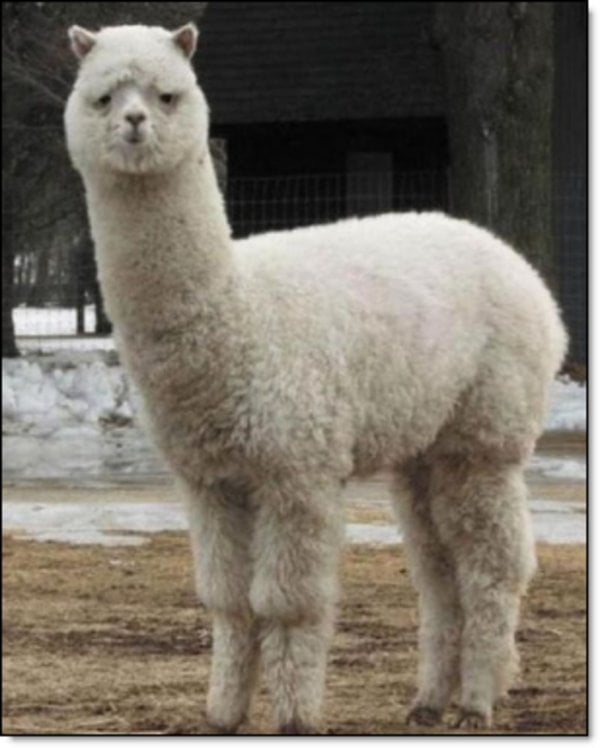Dave Duttlinger’s first thought when he saw a dense band of yellowish-brown dust smearing the sky above his Indiana farm was: I warned them this would happen. About 445 acres of his fields near Wheatfield, Indiana, are covered in solar panels and related machinery – land that in April 2019 Duttlinger leased to Dunns Bridge Solar LLC, for one of the largest solar developments in the Midwest.
On that blustery spring afternoon in 2022, Duttlinger said, his phone rang with questions from frustrated neighbors: Why is dust from your farm inside my truck? Inside my house? Who should I call to clean it up?
According to Duttlinger’s solar lease, reviewed by Reuters, Dunns Bridge said it would use “commercially reasonable efforts to minimize any damage to and disturbance of growing crops and crop land caused by its construction activities” outside the project site and “not remove topsoil” from the property itself. Still, sub-contractors graded Duttlinger’s fields to assist the building of roads and installation of posts and panels, he said, despite his warnings that it could make the land more vulnerable to erosion.
“I’ll never be able to grow anything on that field again,” the farmer said. About one-third of his approximately 1,200-acre farm – where his family grows corn, soybeans and alfalfa for cattle – has been leased.
“I’ll never be able to grow anything on that field again,” the farmer said. About one-third of his approximately 1,200-acre farm – where his family grows corn, soybeans and alfalfa for cattle – has been leased.
Got bad news for you, dude. You are making your field unfarmable.
That has nothing to do with solar farms, that has to do with farmers in America not giving a shit about doing things sustainably.
How many acres of this guy’s farm do you think he lets lie fallow? Enough to replenish the soil? Or does he try to maximize his harvest every year by using as much of his land as possible?
But no, the problem is the solar farms. Totally.
So this article mentions this Indiana dude as an anecdote and then talks about Reuters discussing this with experts who then tell them whatever data they do have (which they don’t share in the article?) is too small to make any conclusions from.
This article seems bad. What’s the mechanism of erosion that solar farms threaten? Construction seemed to be their only explanation, but that’s not exclusive to solar farm. This almost reads like environmentalism fearmongering
It’s not only construction. It’s also about having windbreaks (ie: hedgerows, small clumps or full lines of bushy trees, etc) that stop the soil from blowing away in the wind.
I know this because I grew up on the Canadian prairies where backhoes yearly dig up all the topsoil that’s accumulated in the ditches, which the farmers then respread on their fields.
There are a lot more windbreaks now than when I was a child.
I don’t know about corn, specifically, but it’s been shown that solar panels are actually beneficial and can increase yields: https://www.wired.com/story/growing-crops-under-solar-panels-now-theres-a-bright-idea/
The only mention of corn in that Wired article is a concern for the height (since corn grows tall).
Height, too, is an issue: Corn and wheat would need taller panels, while shrubby soybeans would be fine with a more squat variety.
Thanks to those gaps, crops grown under solar panels aren’t bathed in darkness. But, generally speaking, the light is more diffuse, meaning it’s bouncing off of surfaces before striking the plants. This replicates a natural forest environment, in which all plants, save for the tallest trees, hang out in the shade, soaking up any sunbeams that break through.
I’ve read similar things about growing crops under solar panels. But even if you couldn’t, American farmers are digging their own grave and this guy shouldn’t be pointing fingers.
He leased the land knowing what was going to be done with it… If he didn’t know, he’s either an idiot for not asking, an idiot for not thinking when he saw the opportunity for a cash grab, or an idiot for not reading the lease after it was drawn up.
Either way… Still an idiot. This is entirely on him.
Also, dude’s got cattle on 1200 acres(almost 2 miles of land) and looking for more… That’s the size of my town and the next town over combined. Not even the slightest bit of sympathy.
Solar panels can work in tandem with farming. In Germany a farmers raised them up and spaced them and grew shade loving crops below. Cattle farmers can put them in the roofs of the rows of loafing sheds. They give fields that are too rocky, or are in a climate that does not grow crops well, a viable means of production.
Yes this is agrivoltaics
Another approach is vertical mounting in the North-South orientation
What a crap, gotcha headline. There’s dust from construction…much like there’s dust following harvest or when planting. There’s land that is leased too, but that does not preclude future crop growth on the region
When the topsoil blows away, what’s left?
edit – No, really. What’s left?
I never remember hearing any complaints about the construction for fracking installations. Which, where I’m at, it’s just about every farm.
But that has nothing to do with the solar power and more to do with the construction company that did the work in a way the farmer didn’t like. This article is just a small land dispute wrapped up as propaganda that solar panels are somehow always bad for farmers.
Solar panels do not require the removal of top soil.
deleted by creator
Dead dirt. No nutrients. Would be like you trying to eat the dirt, to the plants you try to plant.
Useless, gritty, and harmful.
No, not “dead” dirt. Usually what’s left is the clay (called lodgement till) from when the last monster glaciers receded from much of North America. And that is shit soil to try and grow anything in because it’s essentially various sizes of ground up rock (ranging in size from boulders to fine dust).
Meanwhile in SW Minnesota, my family is using leased solar panels from the Minnesota Public Utilities Commission (mpuc) as part of their crop rotations.
One year, a field gets solar panels, then next year they are moved to an adjacent field and crops replanted where the previous panels sat. They also do soil prep on the field with the panels so it’ll be nutrient rich when they’re moved again.
It’s not rocket science to either rotate them or to plant under them, this story is idiotic.
Some crops even grow well mixed with solar panels like tomatoes.
As another southern MN resident, 👋🏼.
I’m surprised he’s not putting up panels himself. I’ve been reading that plants thrive under solar panels.
the guy in that article is a moron, but solar has the potential to be more profitable than farming - it’s immune to drought and equally immune to subsidies.









